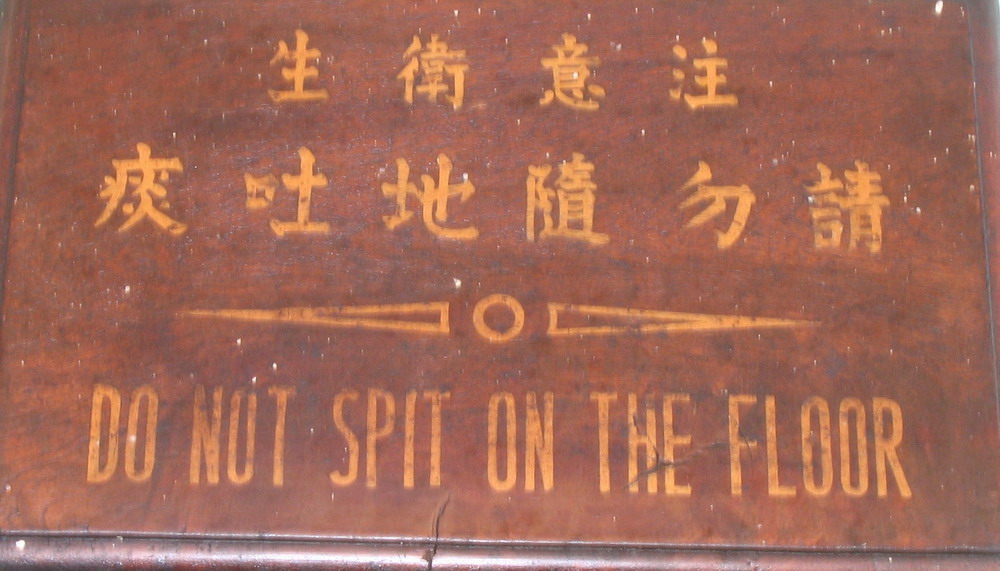There’s a great park in South London called Brockwell Park, and it has amazing community gardens based around the old greenhouses (it dates back to 1811, so there used to be gardeners on site raising bedding plants for displays). Anyway, some years ago, when the community space was first set up, I was invited to go and help cook the produce at their open day (it was part of my job at the time, working on local food projects – I’m not trying to make out I’m famous). Such a beautiful idyll in the middle of the city.
Anyway, this below is what we made, it was all there was to harvest that day, but happily it was a pretty perfect combination. I always think of it as Brockwell Park Salad – I make it as soon as there’s an excess of nasturtium leaves in the garden…sadly, I haven’t been on the ball enough to grow everything for myself this year, but there were enough new potatoes in the left over dinner I was given, and I have some broad beans in the freezer. The leaves and the onions came from our community garden here in Limehouse.
Ingredients
For every 500 g of potatoes (new or salad potatoes – I like Anya or Pink Fir Apple, ‘cos they’re so dense and nutty)
2-3 generous handfuls of broad beans, fresh young ones or frozen, slipped out of their little white jackets
2-3 spring onions
½ red onion
Rocket leaves – wild or cultivated
Baby nasturtium leaves – if you haven’t got any, you could use watercress, as they come from the same family and taste similar.
2 tablespoons olive oil
Pinch of salt, preferably flakes or coarsely ground
Coarsely ground black pepper – optional, as the leaves are peppery.
Method
Boil the potatoes in their skins. Placing the broadbeans in a sieve, immerse them in the boiling water for 3-4 minutes, then remove and set aside.
Meanwhile, finely slice the red onion, and chop the spring onions at an angle, into 1cm lengths. Gently heat the oil, and sweat the spring onions for a couple of minutes so they just lose their oniony bite.
Drain the potatoes, and gently squash them to crack their skins – you may need to cut up some of the larger ones. Add the oil, spring onions and the salt, mix through and set aside to cool down a little – it’s fine if you serve it warm, but the leaves will wilt too much if the spuds are too hot.
When cooled a bit, add everything else and fold in. If you’ve got some nasturtium flowers (mine aren’t in bloom yet) you could use a few on the top, but I quite like it yellowy cream and bright green with a hint of crimson from the red onion.
